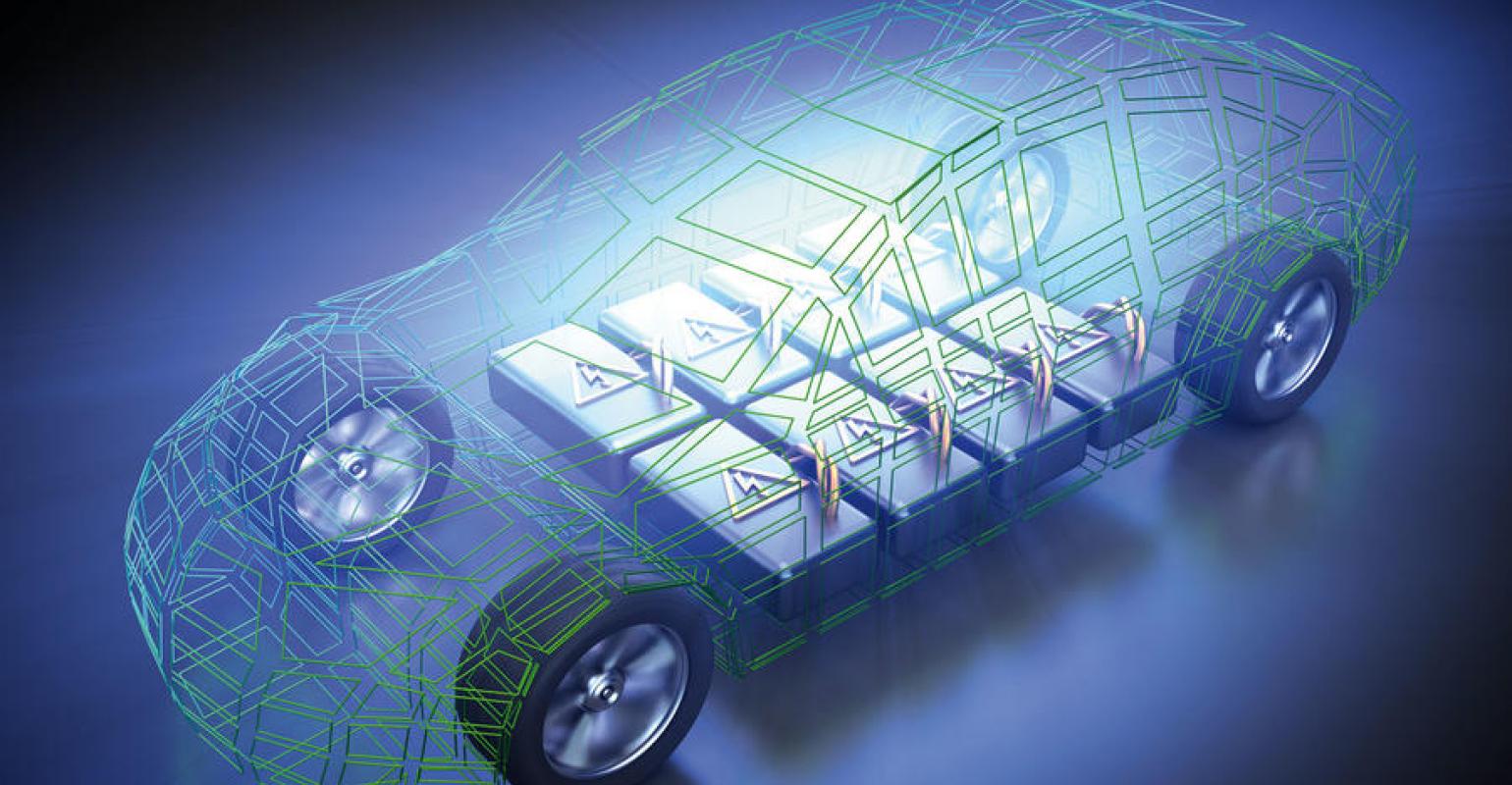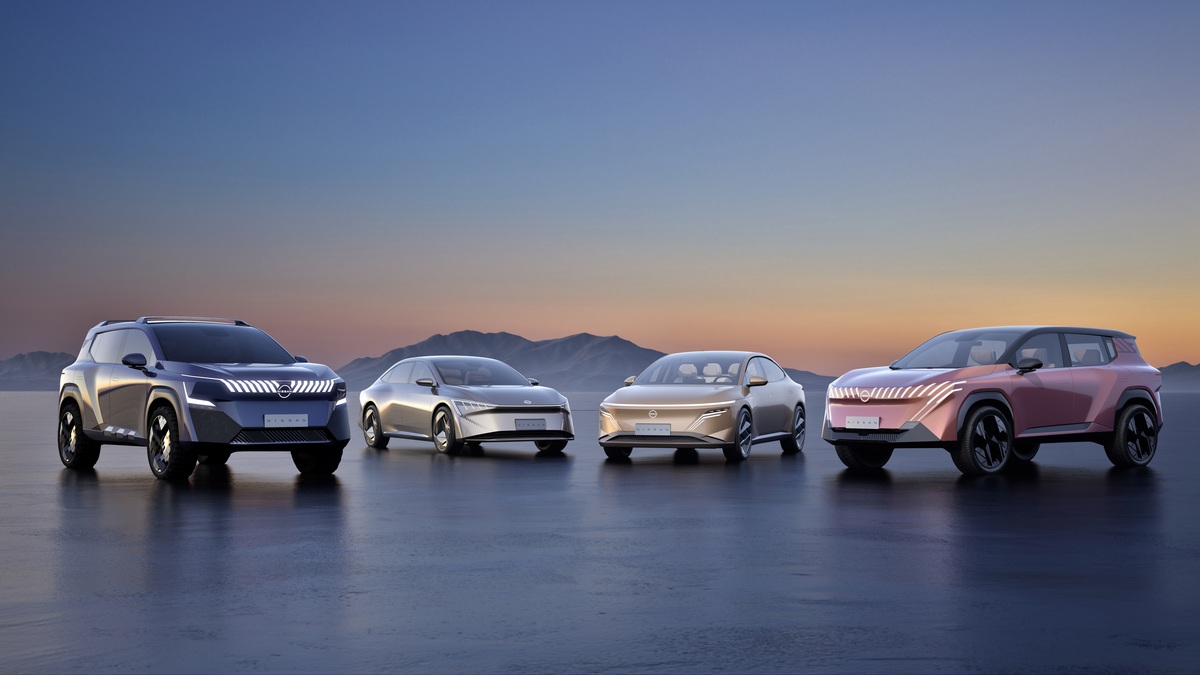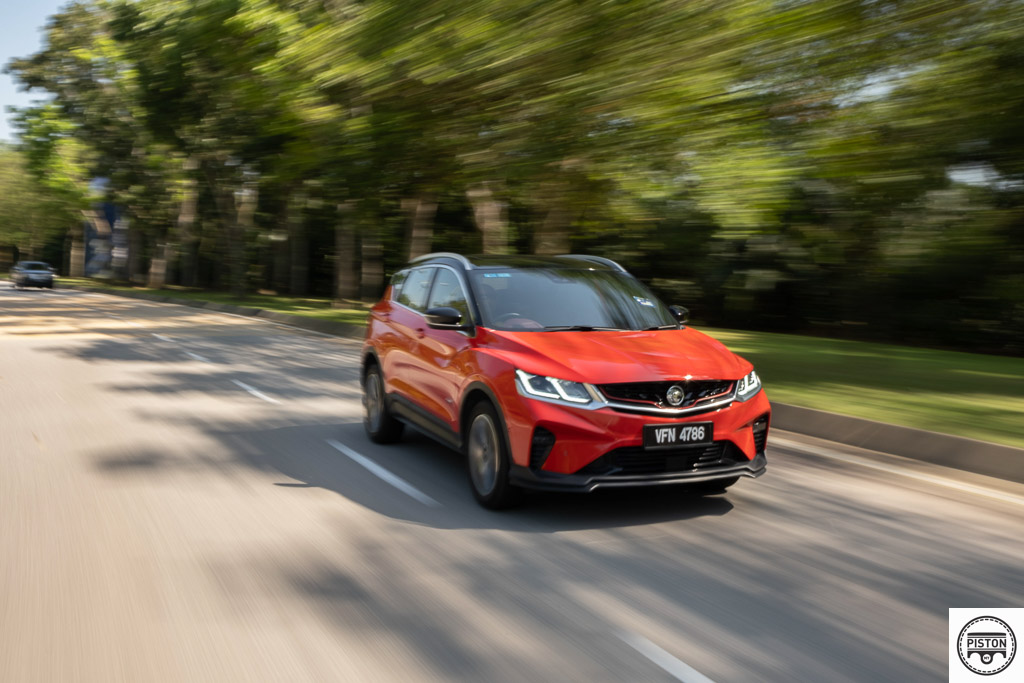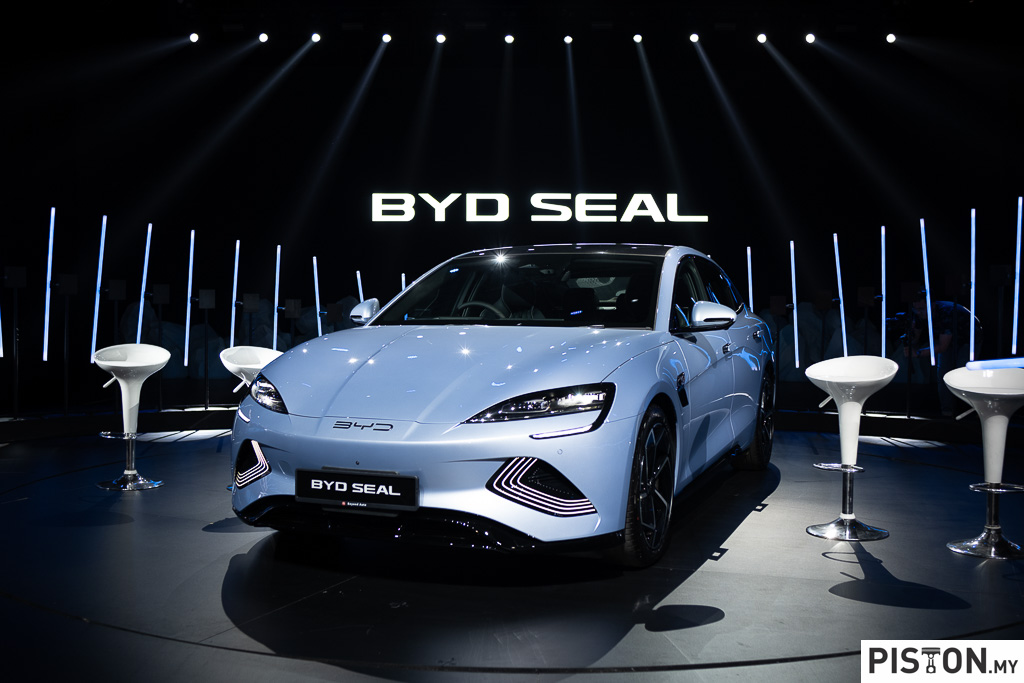‘Rare earths’ is a term that is frequently used while discussing electromobility. The 17 “rare earth metals” listed in the periodic table of the elements are referred to by this phrase in chemistry.
Examples of ‘rare earth’ materials include:
- cerium
- dysprosium
- erbium
- europium
- holmium
- gadolinium
- lanthanum
- lutecium
- neodymium
- praseodymium
- promethium
- samarium
- terbium
- thulium
- ytterbium
- lutetium
- scandium
- yttrium
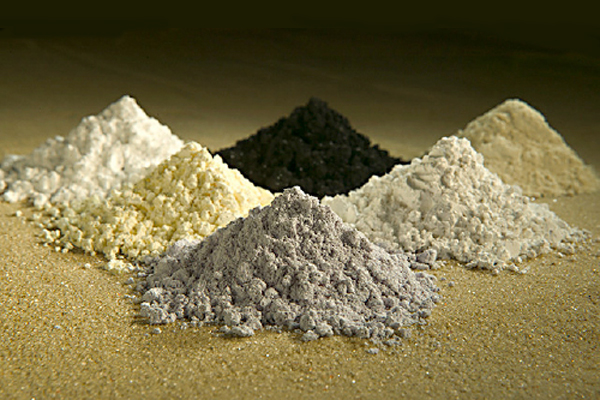
Some of them are essential components of the batteries and motors used in electric vehicles. For instance, in addition to iron, the magnets in electric traction motors contain about 30% rare earths.
This application specifically uses neodymium, but terbium and dysprosium are also used. The biggest benefit is that even tiny magnets produce powerful magnetic fields, which is good for electric drives. High power and torque density electric motors are made possible by neodymium and other rare earth elements. Thankfully, these crucial raw materials are not as rare as their names might imply.
What makes them rare?
They are “rare” because they are found in relatively small concentrations compared to the ores for other metals, despite being quite prevalent in the earth’s crust. High concentrations of metals, including iron, gold, silver, copper, and other elements, can be found in ores. Although rare earths don’t naturally occur in ores like other metals do, their overall availability is 200 times greater than platinum or gold, two times greater than zinc, and three times greater than copper.
Additionally, they are fairly challenging to separate from one another and the ores in which they are found. Problems with sustainability and environmental harm are brought on by the challenging nature of mining and processing rare earths.

Rare Earth Magnets
The strongest permanent magnets are made of rare earth elements. Compared to other options like ferrite or alnico permanent magnets, they produce substantially stronger fields. For instance, rare earth magnets are capable of creating magnetic fields that are at least 1.6 Teslas (T) (Magnetic Field Intensity Unit, not the automaker). Other materials, however, are restricted to 0.5 to 1.0 T. The materials utilised to create permanent magnets include metals, ferrites, and bound structures. A subset of metal magnets are rare earth magnets. Corrosion can be a problem with rare earth magnets, particularly with NdFeB magnets.
“Thanks to the rare earths in the magnets, permanently energized electric motors attain very high power and torque densities, something that, in turn, increases the efficiency of the entire drive,” said Dr. Rafal Piotuch, Project Engineer for Electric Motors at Porsche Engineering.
“Other magnetic materials such as ferrite do not require rare earths, but they come with their own disadvantages in terms of the weight and installation space of electric motors,” he added.
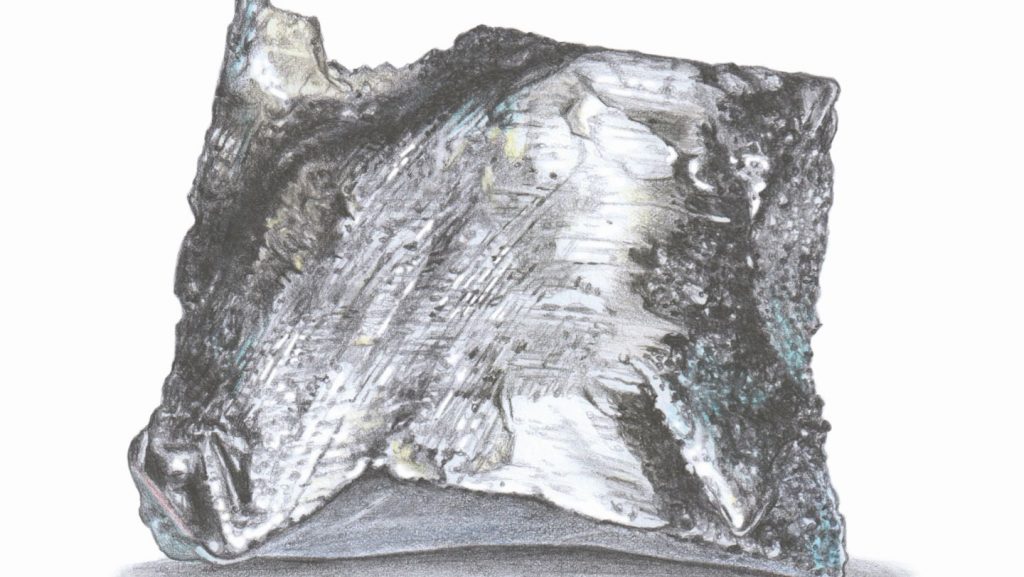
Some electric vehicles use separately energised and asynchronous motors as an alternative to permanently energised electric motors. However, neither of them performs or has the high power density of their counterparts that use rare earths in the magnets. Neodymium, dysprosium, and terbium will therefore probably not be replaced very soon, especially in sports cars.
Both NdFeB and SmCo produce extremely powerful magnets. Their operating temperature range makes a significant difference. The most frequent factor that demagnetizes permanent magnets is high temperatures, which is in addition to strong opposing magnetic fields. The operational temperature range and temperature coefficients of NdFeB and SmCo magnets differ.
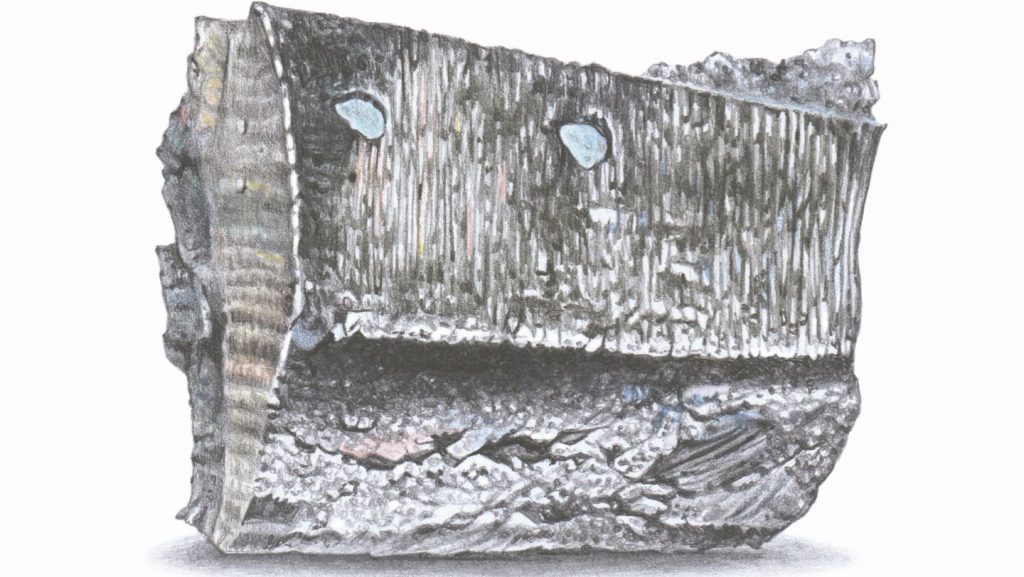
Not Only For EVs
Even though EV batteries face sustainability issues, lithium-ion batteries do not contain rare earths. For the magnets that make up the primary propulsion motors, they are essential. Lithium and cobalt, rather than rare earths, are the main components of batteries. Neodymium or samarium, as well as maybe terbium and dysprosium, are all required for the magnets in the motors; they are all rare earth elements.
There is considerable overlap, although NdFeB and SmCo magnets tend to be used in other applications due to their distinct operating temperature capabilities and corrosion resistances. Up to roughly 180 °C, when corrosion resistance is not a major problem, NdFeB magnets are suitable for usage. Exemplary applications include:
- Drive motors in EVs
- Accessory motors in general automotive systems
- Motors in industrial and commercial robots
- Sensors
- Portable electronics
- Speakers and other electro-acoustic devices
SmCo magnets work better in applications that need heavy loads or operate at high temperatures, such as:
- Locomotive traction motors
- Marine and large industrial motors and generators
- Motors in military and aerospace systems
- Oil and gas production and exploration downhole equipment
So are these ‘rare earth’ materials actually rare? No, they are not. Around 280,000 metric tonnes of rare earth oxides were produced globally in 2021, with some of them being even more abundant than lead. However, extraction requires a lot of work. They are recovered from ores using a sophisticated procedure that involves separating the rare earth oxides from the ores and then turning them into pure metals.
Future forecasts predict a significant increase in demand for rare earths. Estimates indicate that by 2040, the global demand for electric traction motors alone would have grown twenty times from its level in 2018. Therefore, extensive research is being done into methods for recycling neodymium and other similar materials in order to ensure the long-term security of supply.


